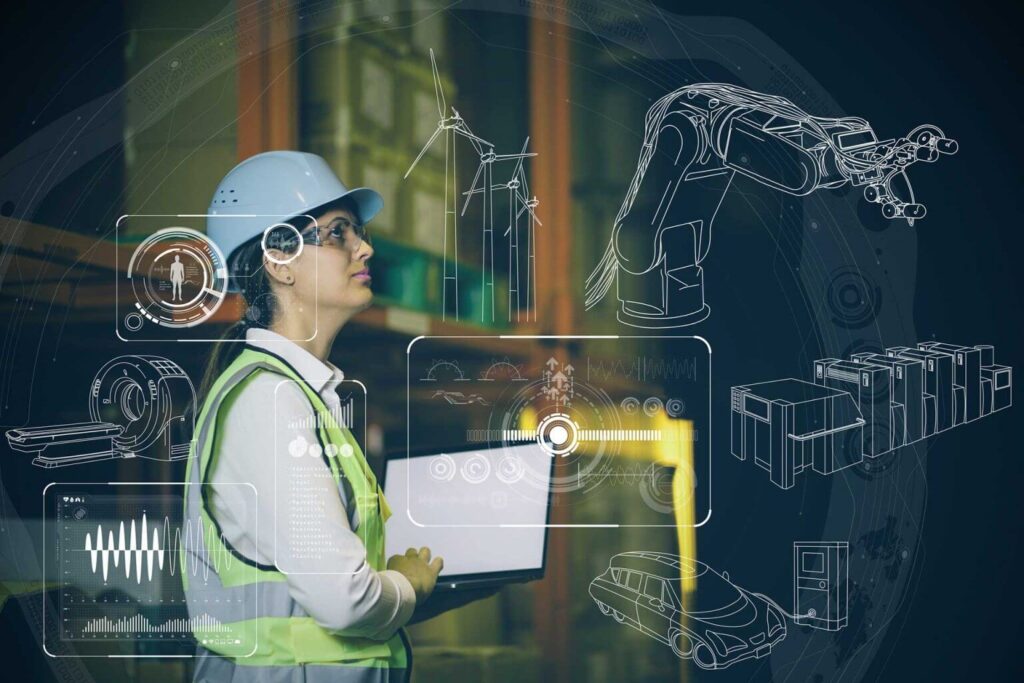Blog
How VR can make the AEC industry more collaborative and efficient.
A few years ago, my brother told me about a real estate project. I have forgotten the name, thanks to my poor retention of names. But I remember the details and my reaction. It was a luxury society with lavish international interiors. Though, that wasn’t the unique part. What fascinated me and remained with me was the approach. The builder had the flats almost ready, a sample flat was also prepared, and guests were called in to check the homes. What was different was that they were given options for everything from flooring and colors to certain interiors. At that time, my reaction was—what a brilliant idea! We, humans, feel a sense of satisfaction when we’re allowed to give inputs, and when those inputs are considered. It’s a simple thing.

But what it means is that we can increase customer satisfaction by listening to them and by involving them in the process. I understand it is simpler said than done. There are many challenges, but we can at least start to consider it as a good option. Luckily, now we have good alternatives to make the process easier. By using virtual reality, the AEC industry can bring transformational changes into how things work. Participation can improve, and the process can be made more efficient. In this post, we’ll discuss how the AEC industry can use virtual reality for collaboration and process improvement.
COLLABORATION
Best homes are those that reflect the lifestyle and personality of those who live there. Then, it makes sense to involve them in the process of making their personal space come to life. Only then will it be truly personalized space. But before learning about how VR can help in the process, let’s briefly learn how things work currently. Depending on the project size and state rules, the architects will prepare a schematic design or BIM. A schematic drawing is a detailed sketch of the project with all the necessary information like colors, materials, textures, etc. It helps in researching the equipment, defining the project costs, workforce required, and other essential things. BIM (Business Information Modelling) is a process of creating intelligent 3D models that can be simulated during the entire lifecycle of the project. The detailed 3D models help the stakeholders visualize the project and keep track of the progress. Out of the two, BIM is a more effective way to streamline the process and increase efficiency. In a way, it is also a foundational step for virtual design. The problem with the schematic design is obvious; not everyone can understand or visualize them. With BIM, that problem is half-solved. But still, the scale is unrealized, and the details are not that life-like. Using virtual reality, you can solve that problem. It immerses the viewers into the project, helping them understand the details and the scale of things. By experiencing the design, the different stakeholders can give their informed opinions. And this process can be helpful across different construction requirements. Imagine building a professional kitchen, wouldn’t it be better to take inputs from the chef. Or constructing a surgeon room. Or constructing a preschool. The benefits of this technology are immense.
SAFETY
Construction work comes with an inherent risk. There are so many things happening simultaneously, one mistake at one end could prove fatal across ends. Therefore, proper training is essential. Currently, to train the employees, you’d either have to teach them at the job site or create a simulation of the construction environment. Both are difficult and expensive. Creating a physical environment is costly and time-consuming. Given the tight timelines and even tighter budgets, that’s hardly done. With virtual reality, the AEC industry can greatly benefit. Here are some benefits of using VR for safety in construction.

A) Safer and Realistic Training Environment.
VR can help firms create life-like environments where the worker has to perform all the tasks like at the site. All the risks of moving tons of steel, working at a good height, pouring concrete, etc. can be simulated. It can be used to create random events as well. Life is unpredictable. So to make the training more effective, VR environments can also be made random, where every time the patterns will change. The best thing about virtual environments is that they create a feeling of facing those dangers and responding to them without any real threat. Moreover, being immersive, VR increases the learner’s focus, which is sometimes not achieved at training grounds.
B) Endless Repetition
Construction is a difficult job; doing something once won’t ensure the effectiveness of learning. And to perform repetition in the physical environment is naturally difficult. Using VR, the problem can be solved; the trainees can repeat the training until they perfect every move.
C) Customization and Evaluation
Every site is different, and that means the challenges are somewhat different too. The weather can be different; the construction can be complicated, and so many other things. Virtual reality gives you an option to customize scenarios and sites. This prepares the workers for on-site issues and perils. Moreover, evaluating the trainees is a challenge for the trainer in physical settings. They have to stand at a distance and observe the work, which is not the most effective way. With VR, trainers can observe the details, every little movement, and assess the trainees. The software can also record data of their success and failure and their movements. All this helps trainers train their staff more efficiently.
PROJECT MANAGEMENT
Managing a construction project means stretching oneself in many directions and keeping track of a lot of things. Using virtual reality, the manager can, firstly, reduce the number of accidents. Secondly, with more detailed information speed up the process. Thirdly, using technologies like VR with drones, track progress more efficiently. Virtual reality can be a game-changer in how a construction project is managed. To know about VR usage in everyday life, click here.
